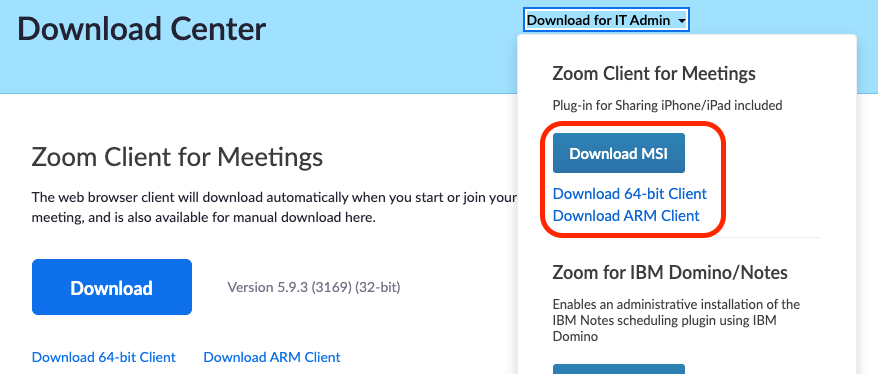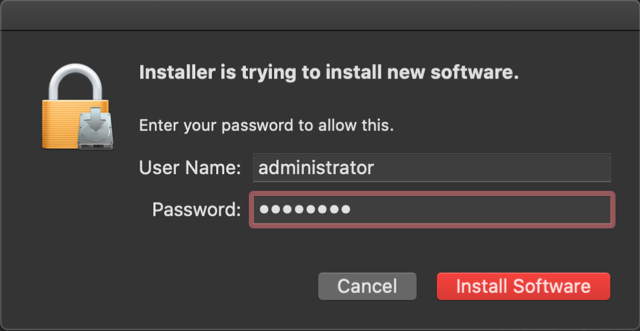

- ZOOM FOR MAC OSX SIERRAKEYBIND HOW TO
- ZOOM FOR MAC OSX SIERRAKEYBIND FULL
- ZOOM FOR MAC OSX SIERRAKEYBIND WINDOWS 10
- ZOOM FOR MAC OSX SIERRAKEYBIND PLUS
- ZOOM FOR MAC OSX SIERRAKEYBIND FREE
Magnifier will disappear until you need it again. When you're done, click the dimmed, floating magnifying glass icon, and the X to exit or hit +Esc. With that turned on, click the to see options like inverting all the colors in the lens area, or changing the lens size-the taller and wider it is, the more of the screen it will take up. The best way to use Magnifier for most people is likely the floating Lens option.
ZOOM FOR MAC OSX SIERRAKEYBIND WINDOWS 10
In the Control Panel, you can set magnifier to start with Windows 10 so it's always available. Ctrl+Alt+R will quickly get into the resize options.
ZOOM FOR MAC OSX SIERRAKEYBIND FULL
Shortcut options: hit Ctrl+Alt+F for full screen, Ctrl+Alt+L for the Lens, Ctrl+Alt+D for the Docked magnifier, or Ctrl+Alt+Spacebar to temporarily see the whole display when you are zoomed in.Ĭtrl+Alt+I will invert colors on whatever you have magnified-or not magnified colors can still be inverted to look like a film negative, even if nothing is magnified.Ĭlick the gear icon ( ) to access magnifier tool options-change how much you zoom in and out incrementally (25, 50, 100, etc., all the way up to 400 percent). Use the Views menu to switch between magnifying the whole screen, making only sections of the screen larger (Lens), or seeing a blown-up shot of wherever the cursor is below (Docked). When you're looking at the on-screen interface pictured at right, click the or buttons to zoom in or out. Keep hitting and the or to zoom in and out repeatedly. Another tap of the will magnify things instantly click and the minus sign ( ) to zoom back out.
ZOOM FOR MAC OSX SIERRAKEYBIND PLUS
There is a quicker shortcut, however: hit the Windows key and the plus sign ( and ) together, and the Magnifier box appears. The tiny app will launch, floating on your screen as a little magnifying glass. You can launch the built-in Windows Magnifier application by clicking the Windows key ( ) > Settings > Ease of Access > Magnifier.

ZOOM FOR MAC OSX SIERRAKEYBIND HOW TO
Here's how to magnify things in every operating system you may use. One of the best is the magnifier, which literally throws a digital magnifying glass on the screen to help those with eyesight problems combat what seems to be an ever-decreasing type size.
ZOOM FOR MAC OSX SIERRAKEYBIND FREE
How to Find Free Tools to Optimize Your Small Business.How to Set Up Two-Factor Authentication.How to Save Money on Your Cell Phone Bill.How to Free Up Space on Your iPhone or iPad.Every question won’t be answered, we don’t reply to email, and we cannot provide direct troubleshooting advice. If not, we’re always looking for new problems to solve! Email yours to including screen captures as appropriate, and whether you want your full name used. We’ve compiled a list of the questions we get asked most frequently along with answers and links to columns: read our super FAQ to see if your question is covered. Note: If you’re sending files or email to other people who aren’t using a Mac or iOS, some of the symbols may not appear depending on the configuration of their system: they need a font installed that includes the special characters, or they may see what user-interface and type people call “tofu:” an unfilled upright rectangle that indicates no character in the font is available to display the symbol. This can be particularly useful if you’re trying to find something slightly obscure or elegant, like a ½ mark (search on “half”), and don’t want to scroll through the endless Unicode set. Search for heart, and Character Viewer matches all items for which “heart” is part of the name. (You can also find all variants of h, e, a, r, and t across the written form of different languages.) The viewer lets you match against characters you type, but also against any part of any name of a Unicode entity.įor instance, type “recycling” and you’ll see all the recycling symbols type “heart,” and the viewer matches all the emoji hearts, dingbat hearts, and hearts in playing card symbols. It’s not immediately obvious what you can search for.

You might notice a Search field in the upper-right corner of the Character Viewer. This can be handy for dingbats (typographic frills and pre-emoji symbols), universal signs (like for plastics and recycling), or currency symbols. You can now check boxes next to any commonly used Unicode sets you might want to use in documents or email. Click the gear icon in the upper left and choose Customize List and expand the Symbols section.

The Character Viewer lets you add sets to select from.īut that’s not the semi-hidden part.


 0 kommentar(er)
0 kommentar(er)
